I Ran Away From Our Family Vacation After My Son Gave Me an Insulting Ultimatum

What do you know about the weird and wacky world of states of matter? Most of us know that matter can be solid, liquid, and gas. Some of us even know about a special fourth state called plasma. But what about the extraordinary states that behave in crazy ways, like dancing and color-changing? Forget what you thought you knew about solids, liquids, and gasses, because we’re diving into the wild side of physics. Let’s go.
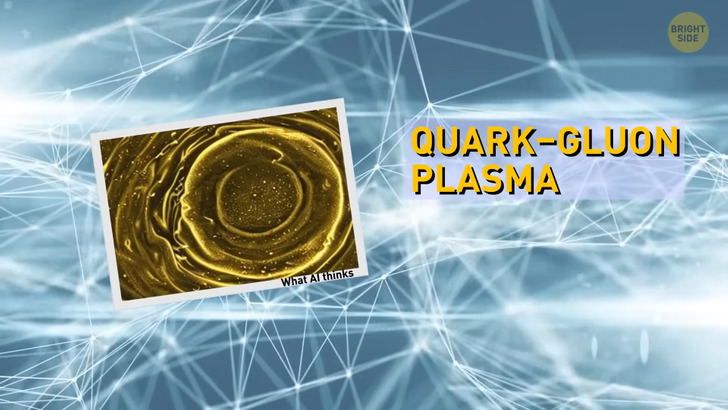
First, we have quark—gluon plasma. This state of matter looks like a hot and soupy mess. It’s a bizarre state that existed just moments after the Big Bang, when the universe was incredibly hot and dense. You see, inside all the things around us, there are tiny particles called quarks.
And, as far as we know, they’re the smallest particles of the universe. They’re the building blocks of our world. Just like LEGO bricks, they come in different types and can stick together to form bigger structures. We have up quarks, down quarks, strange quarks, charm quarks, top quarks, and bottom quarks.
All of them are held together by some special forces: the gluons. They’re like the superglue that keeps the quarks stuck together. They carry a special force called the strong nuclear force. They’re also kinda like the messengers, passing messages between the quarks and keeping them connected.

Now, how do we create a plasma out of them? Well, we need to heat things up! And we have to use some serious heat to create the quark-gluon plasma. It’s like throwing your pizza into a scorching oven.
When you crank up the heat, the cheese starts to melt, and it becomes all gooey and runny. In the same way, when we heat quarks and gluons up a lot, like in extreme conditions, they become energetic and start to break free. All this transforms matter into a hot, soupy mess. That’s how scientists can recreate this special state in laboratories by smashing together particles at high energies.
But why do we even need to do that? Well, studying the quark-gluon plasma helps us understand how the universe evolved and what happened in its earliest moments. To understand the recipe of the entire pizza, we need to know all ingredients, right? Including the melted cheese.
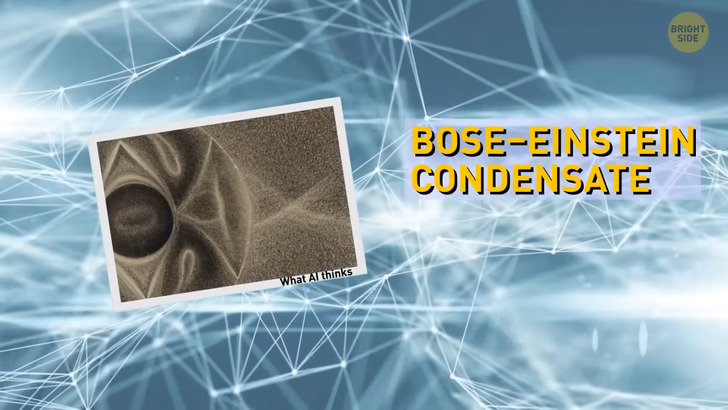
Next, we have a Bose—Einstein condensate. It’s a pretty weird state of matter. Let’s try to explain it like this. Imagine you have a group of friends at a party. Usually, everyone dances and moves around freely, creating a lively and energetic atmosphere.
But what if something strange happens? What if all your friends suddenly slow down and start moving together in perfect sync, almost like a slow-motion dance? Sounds like something out of a horror movie. But that’s what happens in a Bose-Einstein condensate!
It’s a unique state of matter, and it occurs when certain particles called bosons get extremely cold. When this happens, all the bosons gather in the lowest energy state possible. And then, they form a cool club where everyone is doing the same thing.
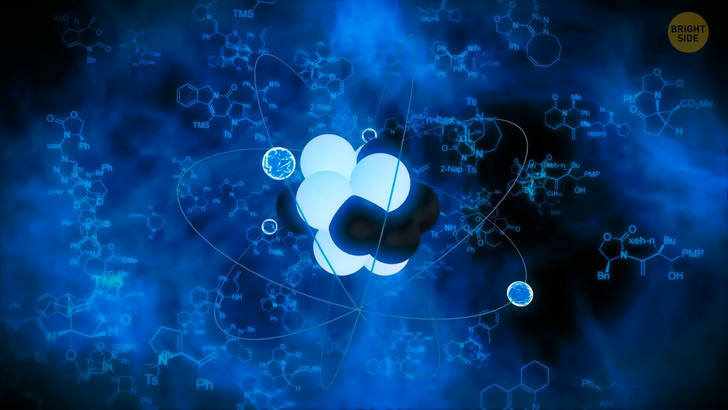
Okay, first, we take some gas with low density and cool it down to super low temperatures: close to absolute zero. It’s like the coldest temperature possible. Because it’s so cold, everything stops moving, including particles. That’s because atoms and molecules have no energy left to move.
This temperature isn’t physically possible, as far as we know, but we can get super close to it at about −459 degrees Fahrenheit. Scientists use lasers and special equipment to reach that state. But when it happens in a Bose-Einstein condensate, the bosons don’t just become still like statues.
Instead, they gather in the lowest possible energy state and kinda form a single entity. They start to behave collectively, as if they’re part of one big “superatom.” Their motion becomes highly coordinated and synchronized. It’s like the collective mind from Rick and Morty.
Studying Bose-Einstein condensates helps scientists understand the strange and quantum nature of matter. It helps us to unlock the secrets of a hidden realm where the rules of the ordinary world no longer apply.

Next, let’s talk a bit more about quarks. These guys are so special that they get one more state of matter to themselves. This one is called QCD matter, or quantum chromodynamic matter. It’s a fancy name for the theory that describes how quarks and the strong force interact.
Remember how we were talking about Lego blocks? In the normal world, each block has its own color, shape, and size. But what if you could play with a special kind of Lego where the blocks change their colors, shapes, and sizes as you stack them together? That’s a bit like what happens in QCD matter!
Normally, quarks stick together tightly inside particles like protons and neutrons. It’s like they’re holding hands and can’t move around much. But when things get super hot or under a lot of pressure, something interesting happens. The force that holds the quarks together, called the strong force, becomes weaker. It’s like their grip loosens, and suddenly the quarks can move around more freely.
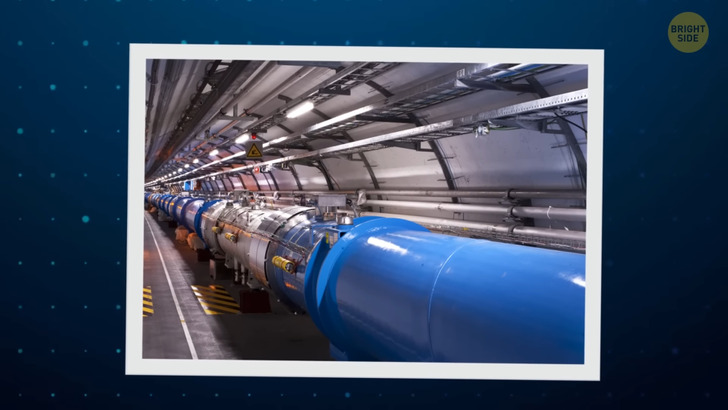
This is when QCD matter appears! When the strong force weakens, the quarks start acting like they’re in a fun playground. They can zoom around, and interact with each other in exciting new ways, and even change their colors! It’s like the building blocks coming to life and having a blast.
Scientists study QCD matter in particle accelerators like the Large Hadron Collider. They smash particles together at incredible speeds and energies. They almost create mini-early universes and the hearts of neutron stars in their labs!
They study QCD matter to understand how quarks behave and how the strong force works in extreme conditions. This way, we can learn more about the fundamental nature of matter and the forces that hold it together. In other words, it helps us to understand how our universe is built.
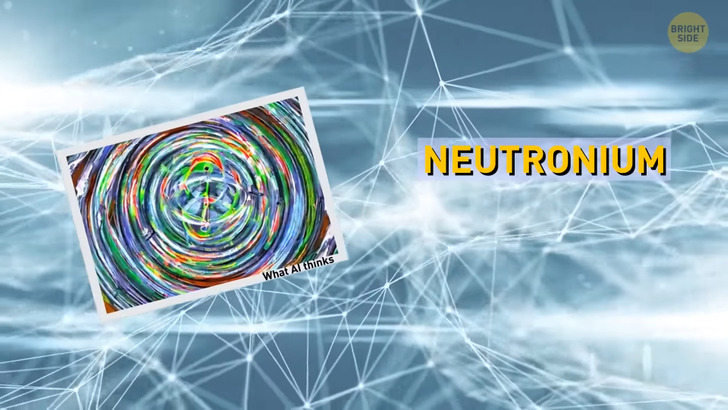
And finally, we get to the last weird state of matter called neutronium. Imagine you have a bunch of balls — some are red and some are blue. They’re all bouncing around, constantly colliding with each other. Now, let’s take away all the red balls and keep only the blue ones. That’s a bit like neutronium! Neutrons are tiny particles that hang out in the nucleus of an atom, along with protons, like a cozy group of friends.
They’re like the chill buddies of the atomic world. They’re neutral, meaning they don’t have any charge — hence the name. They play an important role in holding the nucleus together and determining the properties of different atoms. Neutronium is a substance made up mostly of neutrons. And in this weird substance, neutrons all by themselves, without any protons. It’s like a neutron-only party!
So, what happens when we leave them alone? Well, neutronium is incredibly dense. It’s like packing a huge number of blue balls into a small space. In fact, it’s so dense that a teaspoon of it would weigh as much as a mountain! Pretty crazy, isn’t it?
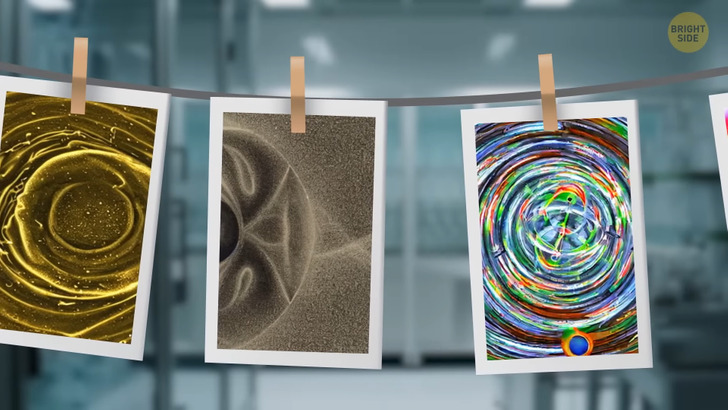
Neutronium also has another quirky feature — it’s super strong! If you tried to squeeze this substance, it would resist and push back against you with a force called neutron degeneracy pressure. It’s like the blue balls in our analogy being so tightly packed that they don’t want to be squished any further. Scientists think that neutronium might exist in the cores of certain extremely dense objects, like neutron stars.
These are celestial objects formed when massive stars come to the end of their lives and collapse under their own gravity. When this happens, particles find themselves in some intense pressure and extreme conditions. And this is how matter can transform into this extraordinary substance. Neutronium challenges our understanding of matter and continues to intrigue scientists exploring the mysteries of the universe.
So, from the mesmerizing dance of particles in a quark-gluon plasma to the mind-bending behavior of atoms in a Bose-Einstein condensate, these strange states of matter have shown us that matter is full of surprises. Remember, the universe is a vast and mysterious place, and our exploration of these weird states is just the beginning. So, keep your curiosity alive and your mind open to the wonders of our world!











